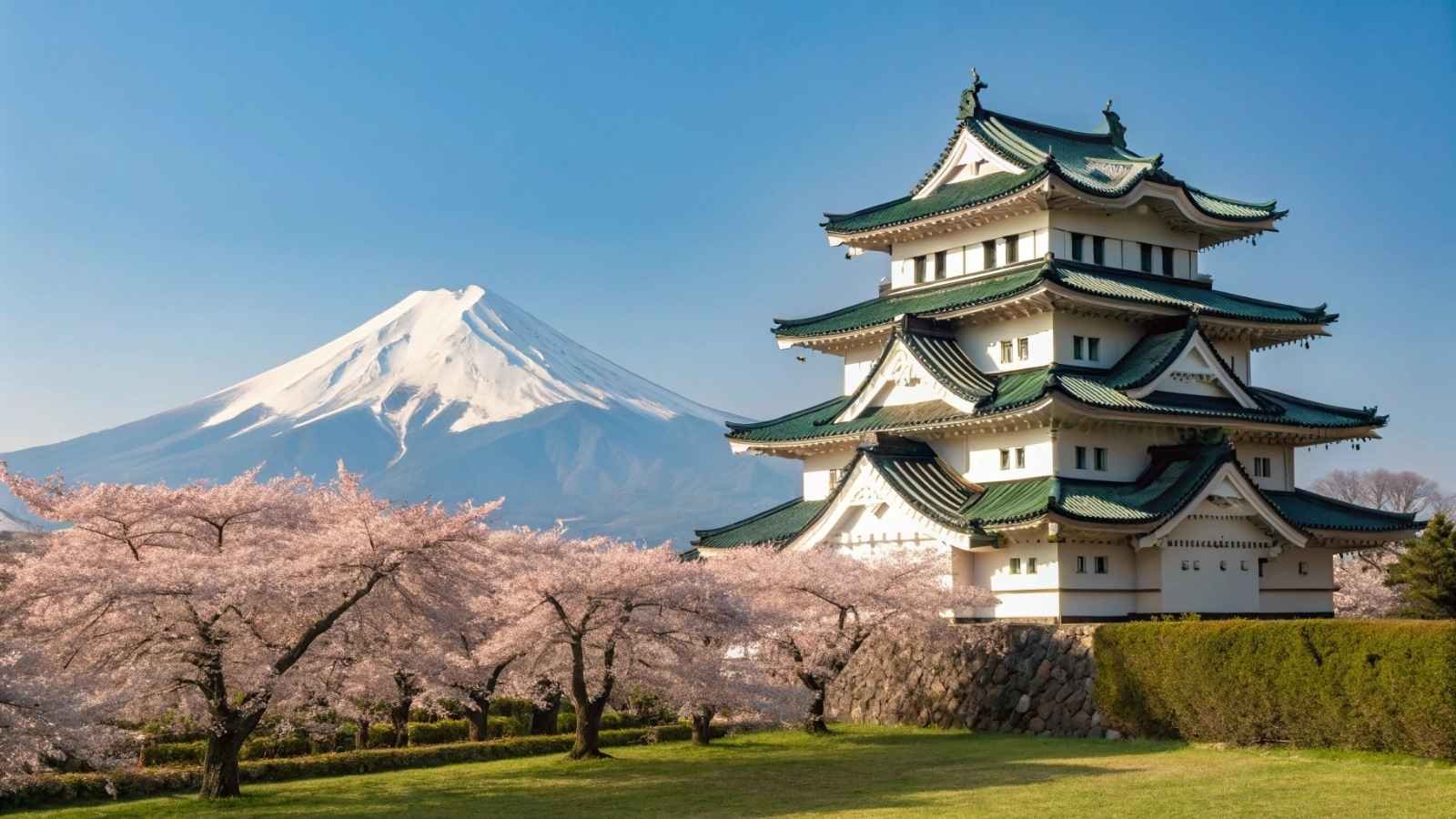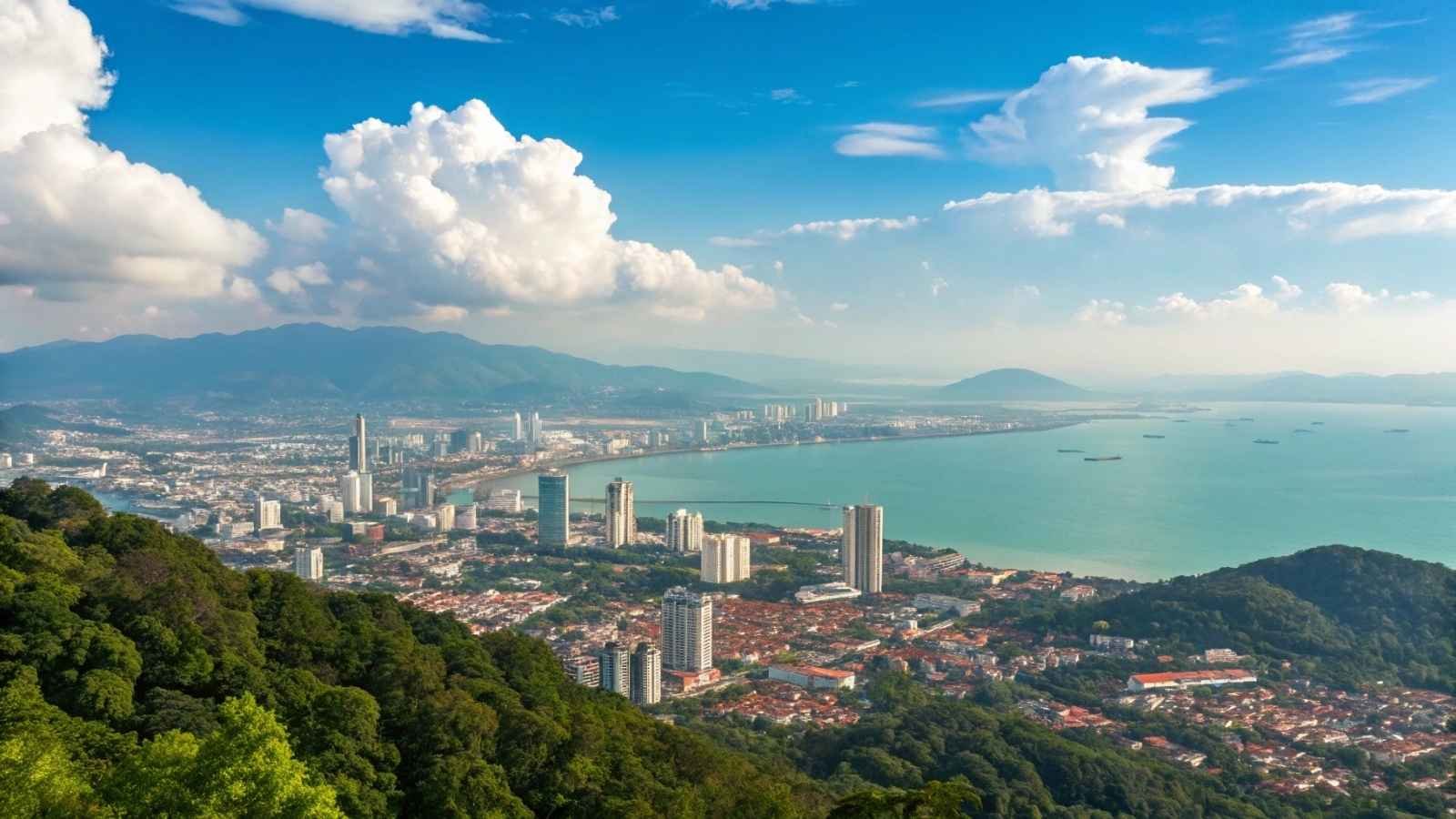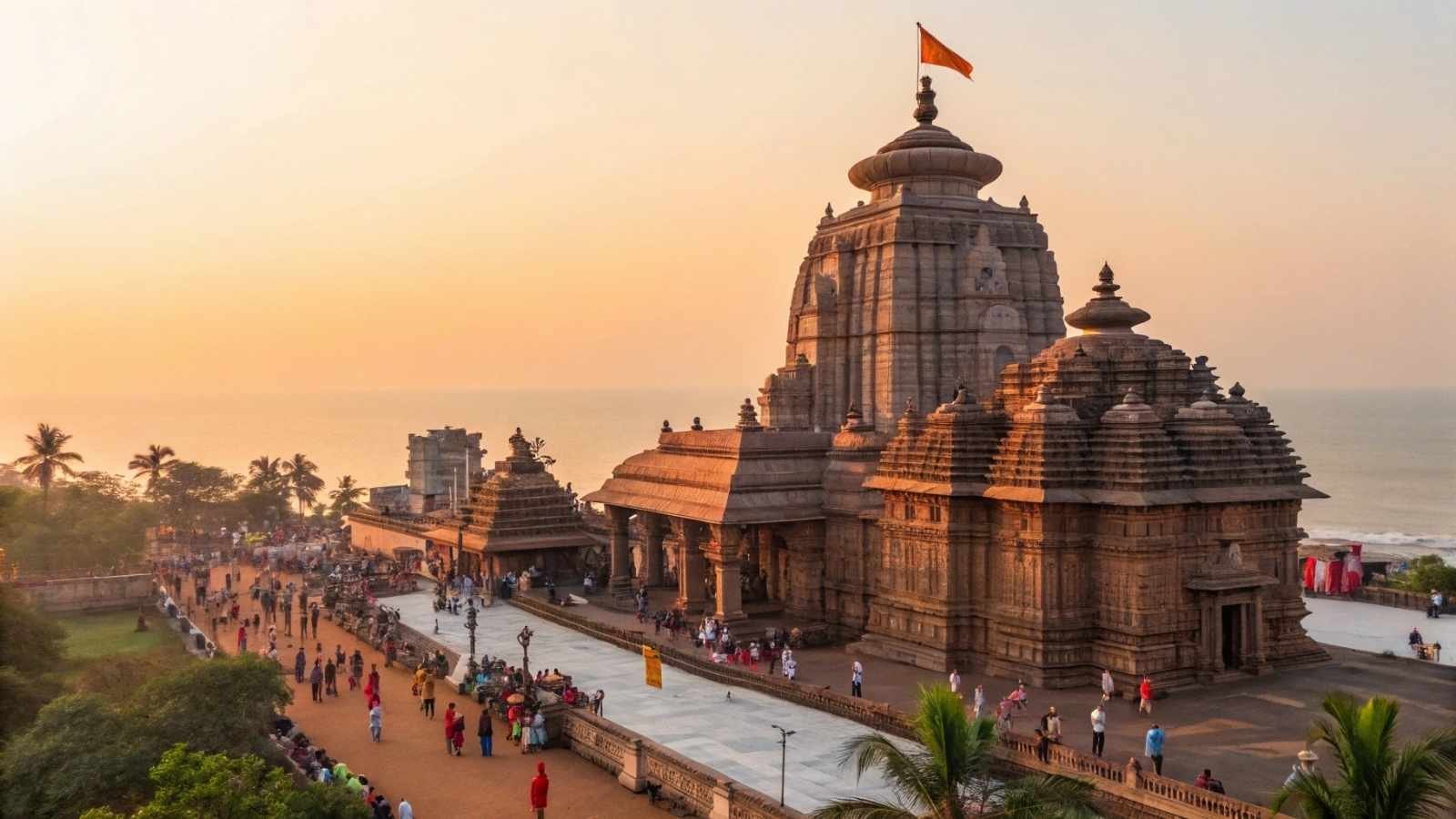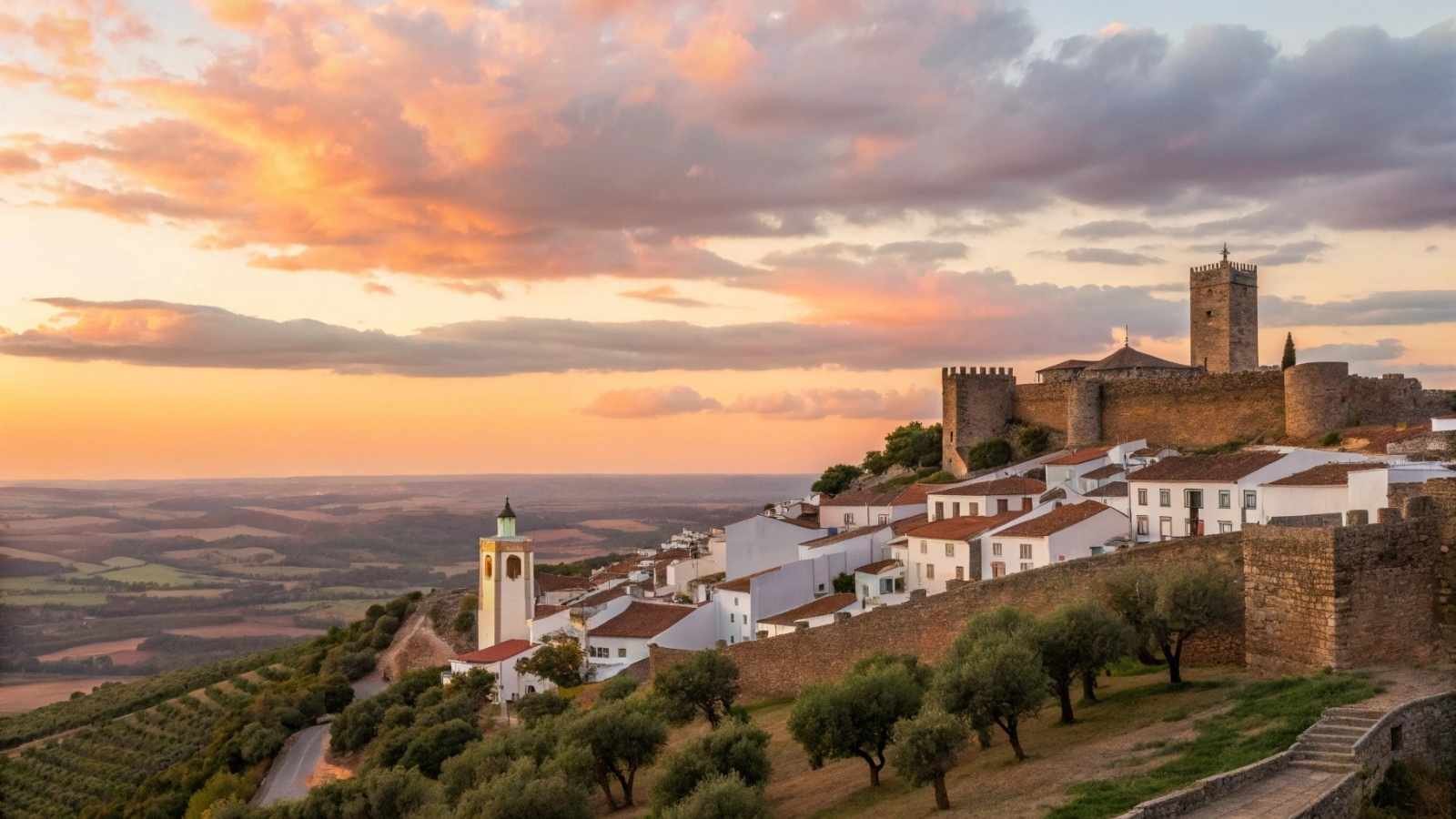
Not only does a few meals curb your hunger, but shifts your notion of space, resembling in memory and infusing what food is. The thing here has nothing to do with how many restaurants a city has that are considered cool or Michelin-starred.
It’s about the quiet culinary strongholds, where recipes are passed down like heirlooms and flavors speak the language of soil, struggle, and soul. These food regions don’t chase fame—they’re rooted in something deeper, more personal, more human.
And once you taste your way through them, your culinary bucket list will never look the same. Let’s dive into the world’s most underrated food journeys worth savoring.
1. Tōhoku, Japan

When people think of Japanese cuisine, Tokyo’s sushi counters or Osaka’s street food usually steal the spotlight. However, the Tōhoku region — located in northern Honshu offers an experience that is equally soul-warming and to some extent rooted in nature. Most elegant comfort food: pristine mountain rice, fresh catch of Sanriku Coast seafood, the best preservation methods inherited from ancestors for hundreds of years.
What makes Tōhoku special is its unpretentious and heartfelt cuisine. Local dishes like Kiritanpo (grilled rice skewers) and Imoni (a taro root stew often enjoyed in open-air parties along rivers) reflect a tight bond between food and community. And in winter? This region turns into a hot spring and snow festival haven, where you can sip on local sake brewed from meltwater while eating steamy bowls of wild mushroom soup.
Around Tōhoku lurks an abundance of the less well-known seafood in Japan, Hachinohe and Kesennuma being real gems that come to mind. Here in the tsunami-stricken towns, they have shaken their heads and rebuilt with great love, while bringing back the food culture. There’s a humble magic to it all—earthy, seasonal, and serene.
Quick Bites:
- Best Months to Visit: October to March (fall foliage, winter snow cuisine, sake brewing season)
- Must-Try Dishes: Kiritanpo, Imoni, Hittsumi (hand-torn noodle soup), fresh scallops, local sake
- Top Cities: Aomori, Sendai, Akita, Yamagata
- Fun Fact: Tōhoku has some of the purest water sources in Japan, key to its outstanding sake.
2. Girona, Spain

An hour north of Barcelona, Girona is a medieval town that balances culinary futurism with deep traditions from the heart of the Catalan land. Away from the more touristy Eaterie like El Celler de Can Roca, it’s the bistros hiding in local villages, overflowing markets, and family taverns where chefs fuse old recipes onto a new plate.
The essence of Girona’s cuisine is seasonality and storytelling. From the creamy suquet de peix (Catalan fish stew) to mushroom dishes that are rich in the earthy forests, the way towards autumn, every meal reminds you that it comes from the land. The topography of the area—mountains, sea, and farms together make several ingredients that few can compare with in the entire world.
You’ll find a particular reverence for fermented, preserved, and pickled flavors, a legacy of resourceful Catalan cooks who knew how to stretch the harvest. Local chefs today are taking these traditions and flipping them into something fresh, Michelin-worthy, without the pretension.
Quick Bites:
- Best Months to Visit: May to June (spring harvest) and September to October (wine harvest, mushroom season)
- Must-Try Dishes: Suquet de peix, botifarra (Catalan sausage), escudella, xuixo (sugar-dusted pastry)
- Top Food Experiences: Girona Food Tours, visit to a local masia (Catalan farmhouse), Roca brothers’ restaurants
- Fun Fact: Girona is considered one of Spain’s top truffle-producing regions.
3. Cape Town, South Africa

Yes, Cape Town is one of those cities with a beautiful view around the world, but let’s not forget that it’s a mishmash of different culinary intermingling — Dutch and Malaysian to Xhosa and Indian. In sum, you get this incredible amalgamation of flavors that are steeped in history and defined by the land.
Cape Malay cuisine is perhaps the city’s most distinct culinary signature. Think slow-cooked curries, chutneys, and spiced rice dishes like bobotie. But Cape Town is also home to a booming farm-to-table movement that taps into the Cape Winelands’ bounty, with chefs drawing from organic gardens and pairing everything with world-class wines.
Street food is an incredibly exciting aspect of dining in Cape Town. Gatsby sandwiches as long as your arm, fresh fish grilled by the beach in Hout Bay, the city invites you to eat with your hands, and be delighted. There’s an unfiltered joy to eating here that few places match.
Quick Bites:
- Best Months to Visit: November to March (summer, wine harvest, seafood season)
- Must-Try Dishes: Bobotie, snoek braai, Gatsby, chakalaka, Cape Malay curry
- Top Foodie Spots: Oranjezicht Market, Woodstock neighborhood, Constantia wine valley
- Fun Fact: The Cape Doctor, a strong wind, keeps the air clean, ideal for winemaking.
4. Tainan, Taiwan

Taipei is the capital, called a “cosmopolitan” city in Taiwan, but Tainan is more soulfully representative of this island nation. With the largest number of dynasties near colonies and local street traditions, it is not only Taiwan’s oldest city.
Mostly where dynasties, colonial legsaces and local street traditions merge into the most flavorful way imaginable — Taipei is Taiwan’s cosmopolitan capital; while it makes perfect sense to begin where we came from. The roads seethe with the smell of soy-braised pork and simmering soups, each alley an extension to a pint-sized food stall that goes back over decades.
Because it’s snack culture gets famous in Tainan, people there end up eating 4-5 snacks/day. You will be able to find lots of people queuing in line for Danzai noodles, coffin toast (black bread stuffed with creamy stew) or even a local delicacy (rarely outside of the region) such as milkfish porridge.
Every dish is full of history, and often, the a battle over who’s the best at concocting that particular dish. It is also one of the best areas to check out for food temple markets, from handmade mochi to aged tofu! Uniqueness of Tainan doesn’t only come out in food but also in eating, and how it pierces your daily life as a cultural pulseสต์.
Quick Bites:
- Best Months to Visit: November to February (cooler weather, food festival season)
- Must-Try Dishes: Danzai noodles, milkfish soup, gua bao, oyster omelet, coffin toast
- Top Markets: Guohua Street, Wusheng Night Market, Tainan Flower Night Market
- Fun Fact: Tainan has more temples per capita than any city in Taiwan, and many have snack stalls outside.
5. Oaxaca, Mexico

Oaxaca is a culinary powerhouse hiding in plain sight. While Mexico City gets much of the attention, Oaxaca is the heart of indigenous Mexican cuisine. This is the birthplace of mole, home to mezcal, and a paradise for anyone who loves earthy, spice-laden flavors.
You will soon realize that Oaxacan food has a strong regional ethos — one mole does not taste like the next, even 30 minutes in the opposite direction. The markets are indeed to die for, color all over: chapulines (toasted grasshoppers), squash flowers, cacao live, and loads of kinds of chili you simply won´t get elsewhere. Led by local cooks, mostly women, doing their best to weave Zapotec cuisine.
The best part? Everything feels intensely local. From a variety of tlacoyos at the lively mercado, or while mingling with mezcaleros in their backyards, you are very probably eating food sourced only miles from where it was grown, milled, or roasted. It is addictive, it is mouth-watering, and it stays in your mouth for a long time after the taste.
Quick Bites:
- Best Months to Visit: October to March (Day of the Dead, dry season, culinary festivals)
- Must-Try Dishes: Mole negro, tlayudas, memelas, tamales Oaxaqueños, chapulines
- Top Culinary Stops: Mercado 20 de Noviembre, Hierve el Agua cooking classes, mezcal tours in Santiago Matatlán
- Fun Fact: Oaxaca has seven classic types of mole, each with its own symbolic meaning and preparation ritual.
6. Penang, Malaysia

Food Obsession is almost a religion, at least in Penang — if there is some place for it is one of the liveliest street food capitals in Asia, right off the northwest coast of Malaysia and looking at you as an island; an endless variety of Malay, Chinese, Indian, and Peranakan cuisines harmoniously living happily together with wok fires.
Penang is special in how full every mouthful fills. You could have char kway teow (smoky starched noodles) for breakfast, assam laksa (tangy fishy-herby tamarind soup) as an assawating snacking pre-dinner, and cendol beneath the bronzy glow of a lamppost.
Gold in spades in typical hawker food— locals debate endlessly about who has the best stall.
Located in George Town UNESCO World Heritage Site, which have murals and colonial architecture coexisting with food stalls, sizzling hawker centers are part mural painting paraphernalia. The outcome? Something that whisks you away to an odourous, vibrantly-energized place filled with stories as old as generations of culinary craft.
Quick Bites:
- Best Months to Visit: December to April (dry season, best street food weather)
- Must-Try Dishes: Char kway teow, Penang laksa, roti canai, nasi kandar, cendol
- Top Foodie Zones: George Town, Gurney Drive, Chulia Street Night Market
- Fun Fact: Penangites use the term “makan” (to eat) more than almost any other word—yes, even more than “hello.”
7. Odisha, India

Odisha hardly ever comes under the banner of India’s foodie trail, which is the reason why it would be delicious and so rewarding. Eastern coast of India—Odisha food sanity at its most hidden gem, incredibly simple, cheeky & steeped to the temple traditions.
The food is based on Ayurveda, no oil, little spicing and the ingredients used are balanced. The pious spirt of Odia cuisine lies in the Mahaprasad of Jagannath Temple, Puri — made over wood fire, in earthen pots — it that is served as prasad every day. The homely, meals though are no less fascinating–rice and dal and a mix of seasonal vegetarian delight sometimes steamed, roasted or lightly deep fried.
One standout? The state’s seafood culture, thanks to its long coastline. You’ll find prawn curry with mustard paste (chingudi jhola), crab in coconut milk, and fish wrapped in banana leaves—all cooked with aromatic mustard oil. The result is a cuisine that feels both ancient and quietly revolutionary.
Quick Bites:
- Best Months to Visit: October to March (temple festivals, winter produce)
- Must-Try Dishes: Dalma (lentils with vegetables), chhena poda (baked cheese dessert), pakhala bhata (fermented rice), chingudi jhola
- Top Cities: Puri, Bhubaneswar, Cuttack
- Fun Fact: The Jagannath Temple kitchen is one of the largest in the world, serving up to 100,000 meals a day.
8. Tbilisi, Georgia

Tbilisi is where you go when you want to eat like your grandmother’s feeding you—only your grandma is from the Caucasus and makes her wine and cheese. Georgian food is rich, emotional, and meant to be shared in long, leisurely meals that stretch well past sunset.
The food here feels old-world and avant-garde at the same time. You’ll eat fluffy khachapuri (cheese bread), juicy khinkali dumplings, and herbal stews with wild greens you’ve never tasted before. Every meal is accompanied by amber wines aged in underground clay pots and heartfelt toasts from your host.
Tbilisi has a surprisingly modern edge, too. Young chefs are reviving ancient recipes with global twists, while still respecting Georgia’s deeply agrarian roots. It’s the kind of place where you’ll eat at a hip fusion bistro one night and a countryside supra (traditional feast) the next—and both will be unforgettable.
Quick Bites:
- Best Months to Visit: May to June, September to October (harvest and wine seasons)
- Must-Try Dishes: Khachapuri, khinkali, lobio (bean stew), badrijani (eggplant with walnut paste)
- Top Foodie Spots: Meidan Bazaar, Dry Bridge Market, Tbilisi Wine Factory No.1
- Fun Fact: Georgia claims to be the birthplace of wine, with a winemaking tradition over 8,000 years old.
9. Chiang Mai, Thailand

While Chiang Mai is generally considered more chill than Bangkok, it’s still got spicy urban vibes like that of any other METAL CITY a伙. Ngorongoro, as home of Lanna cuisine in northern Thailand where Chiang Mai is — a regional approach with herbs, spicy edge and mountainian–culture of Burma/Laos/ Yunnan.
These markets are famous throughout the land. By dawn, you can take a walk through Warorot Market; try grilled pork skewers, sticky rice wrapped in banana leave,s and steaming bowls of khao soi — the king of this region: creamy curry nood soup with crispy noodles and pickled mustard greens. Just the dish is probably worth a plane fare by itself.
Food is an Everyman affair in Chiang Mai, which says something about what makes this city feel so unique. Temples have picnics by monks in the morning, gather at night, and are open for the locals during the markets that buzz till two in the morning. It’s not just what you eat but how and when, and with whom too!
Quick Bites:
- Best Months to Visit: November to February (cool season, peak food festivals)
- Must-Try Dishes: Khao soi, sai ua (spicy sausage), nam prik ong (tomato chili dip), gaeng hang lay (pork curry)
- Top Foodie Experiences: Lanna cooking classes, Nimmanhaemin cafés, Chiang Mai Night Bazaar
- Fun Fact: Chiang Mai hosts a yearly Vegetarian Festival where even meat-lovers rave about the plant-based offerings.
10. Mendoza, Argentina

One of the most famous wine regions in the world, Mendoza is frequently not on the radar for food travel, but this sun-soaked corner of the Andes is where Argentinian food comes into its own. It is not about meat ( salmorejo is equally famous for its asados)—but it is the land, the vine, and fire all together.
The Mendoza culinary scene leans hard into terroir. Grilled meats are accompanied by Malbec from vines just a few feet over, and dishes are made with the local olive oil and mountain herbs, plus seasonal vegetables from the farm around the corner. Farm-to-table here has nothing to do with the trend, it’s how most people eat.
The food has a raw elegance. You might find a wood-fired empanada with goat cheese and quince, or a simple salad of tomatoes bursting with flavor. Paired with a view of the Andes and a crisp glass of Torrontés, it’s the kind of meal that slows you down—in the best way.
Quick Bites:
- Best Months to Visit: March to May (grape harvest), September to November (spring bloom)
- Must-Try Dishes: Empanadas Mendocinas, asado, provoleta, humita en chala (corn tamales)
- Top Experiences: Bodega lunches, vineyard cooking classes, olive oil tastings
- Fun Fact: Mendoza is one of the highest-altitude wine regions in the world—ideal for bold reds like Malbec.
11. Jeolla Province, South Korea

South Korea’s food scene is often dominated by Seoul’s trendy cafés or Busan’s seafood markets. But ask anyone who knows, and they’ll point you toward Jeolla Province as the country’s true culinary heartland. Nestled in the southwestern corner, this region has long been known for its generosity in both flavor and portions, thanks to its fertile land and strong agrarian culture.
One thing that really sets Jeolla apart is its dedication to banchan… small side dishes that can take any meal from good to great, believe me. At this place 20+ banchan lighting a table is not an exception every dish is made with pure and deliberate using seasonal ingredients.
Banchan: fermented radish stems, kimchi straight off the farm, quick pickled garlic scapes, and wild greens all cry out a story of heritage to each bite.
In the region, the largest city, Gwangju, is a very sacred destination for people who love food. The food seems like home cooking from someone’s granny, however,r they are incredibly layered and nuanced in flavor. From mountain village dolsot bibimbap to the coast spicy seafood stew, there is a tenderness of home — because it often is.
Quick Bites:
- Best Months to Visit: April to June (spring greens, flower festivals), September to November (autumn harvest)
- Must-Try Dishes: Baek kimchi (white kimchi), Jeonju bibimbap, hongeo (fermented skate), ganjang gejang (soy-marinated crab)
- Top Foodie Destinations: Gwangju, Jeonju, Boseong (green tea fields + temple cuisine)
- Fun Fact: Jeolla’s culinary reputation is so respected that many of Seoul’s top chefs come from here, or were trained here.
12. Alentejo, Portugal

You probably know Portugal from pastéis de nata of Lisbon or wine cellars Porto —but Alentejo, the parched southern heartland of the sunbaked country is where Portugal soul food got its life and soul. Alentejo cuisine is so rustic, so slow and so poetic it feels like the land and people are stewing in their pots.
Meals here are rooted in survival and seasonality—ancient recipes made from what could be foraged, grown, or saved. Think garlic soup with poached eggs, pork marinated in local wine, or stews thickened with day-old bread. Nothing is wasted, yet everything tastes indulgent. The olive oil is some of the best in Europe, the sheep’s milk cheeses are sharp and earthy, and the wines? Bold, full of sun, and meant to be shared.
In Alentejo, it is dining in another pulse of life (time drags its feet and meals are longer). You could perhaps find yourself drinking red wine from the cork tree, eating salted black pork sausage, and pondering how this can be so quiet,t tasting so thunder.
Quick Bites:
- Best Months to Visit: March to May (wildflower bloom), September to October (wine harvest)
- Must-Try Dishes: Açorda (bread stew with garlic and coriander), porco preto (Iberian black pork), migas, sericaia (cinnamon egg pudding)
- Top Regions: Évora, Beja, Monsaraz, Estremoz
- Fun Fact: Alentejo produces over half of the world’s cork supply, and many wines are still aged in cork-sealed amphorae called talhas.





